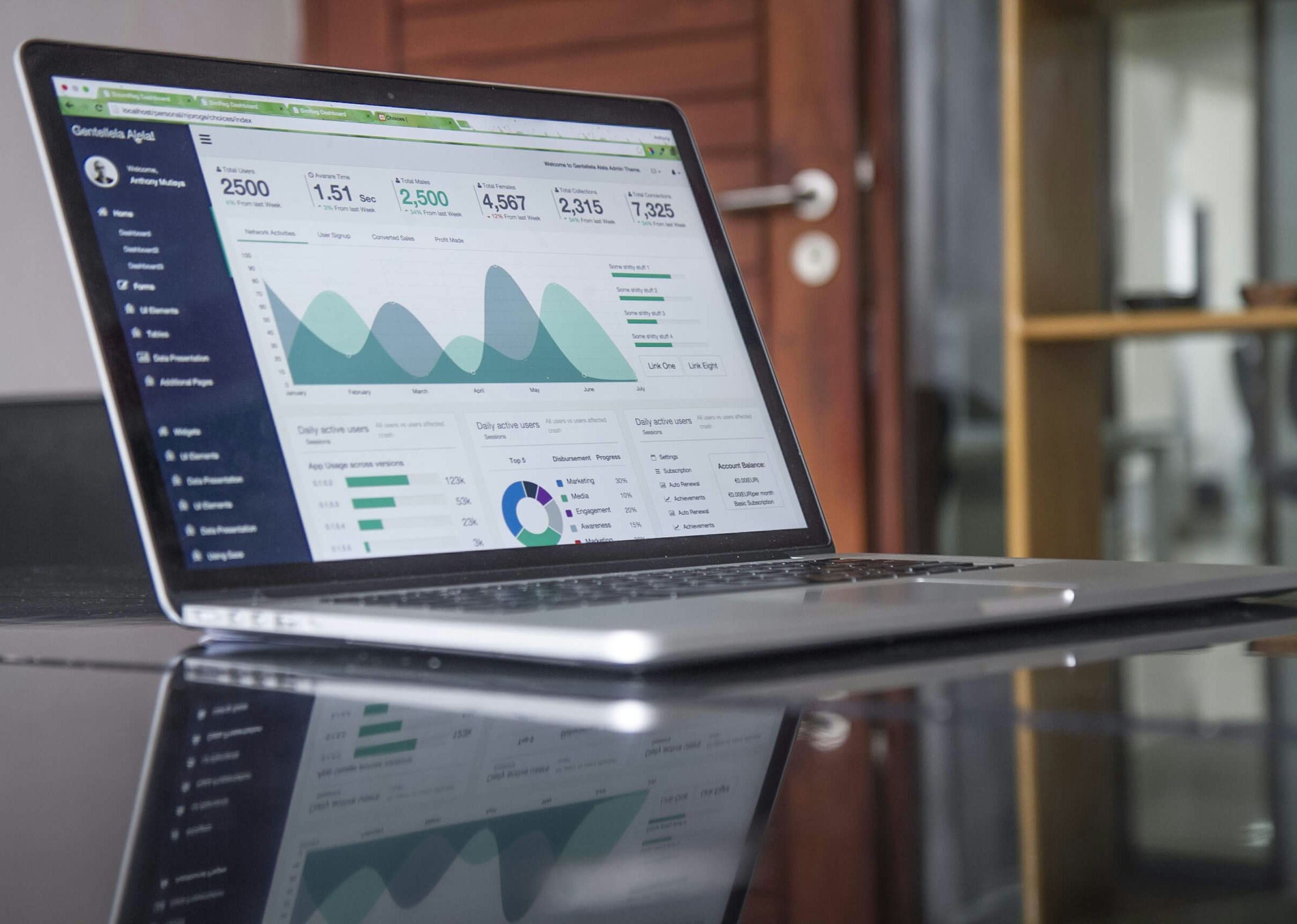The buildings we occupy are shifting from static, energy-guzzling structures to dynamic, intelligent systems. As the UK government commits to ambitious Net Zero targets, every organisation must drastically improve how it manages its consumption.
Smart buildings give you the granular visibility and control necessary to meet both regulatory demands and financial objectives. This proactive approach to consumption is central to futureproofing everything from your lighting to your crucial heating systems.

The Connected Building Imperative: Why Energy Management Matters
We are moving away from passive infrastructure, where systems ran on fixed schedules regardless of actual need. Current regulatory pressures, including the drive towards decarbonisation, force us all to rethink this outdated model.
Modern energy management is no longer a peripheral concern. It sits at the heart of operational resilience and sustainability. According to the Climate Change Committee, smart Building Energy Management Systems (BEMS) are expected to deliver up to 60% of the energy efficiency gains in certain decarbonisation pathways.
To achieve these kinds of results, you must embed robust energy monitoring and control into your organisational strategy, moving your buildings from reactive consumption to proactive optimisation.
Key Components: Sensors, Controls & Data Platform Architectures
You build the foundation of connected energy management using an integrated stack of hardware and software.
IoT sensors, such as temperature sensors, occupancy detectors and flow meters, continuously gather data from across your premises. These devices feed their observations to a central platform, which can operate either on a local edge server or in the cloud.
For example, a temperature sensor detecting an empty, overheated meeting room will send a signal that prompts a reduction in the heat flow through the corresponding pipe or vent, driving real-time control adjustments based on the environment’s actual needs.
Optimising Heating: Zoning, Demand Control & Predictive Algorithms
Heating engineers must adopt intelligent strategies to drastically cut waste, and thermal zoning represents a crucial first step.
Rather than heating an entire floor uniformly, you can segment your building into smaller, independently controllable areas. Smart thermostatic valves attached to individual radiators allow the control system to dynamically adjust flow and temperature per zone, enabling fine-grained heat delivery only where required.
You can also implement predictive control algorithms that use data like weather forecasts and historical performance. This lets the system pre-emptively adjust your heating rather than reacting to conditions after they change, like reducing boiler output ahead of a sunny afternoon to maximise comfort and reduce waste.
Implementation Challenges, Risks & Best Practices
Adopting a connected system presents several challenges, ranging from technical hurdles to securing organisational buy-in. A major technical difficulty involves ensuring interoperability, meaning all your devices and systems must communicate effectively, especially when integrating with older legacy equipment.
You must also address significant cybersecurity risks, as network-connected controls present potential entry points for malicious actors. To mitigate these issues, conduct staged rollouts rather than attempting a single, massive switchover.
Finally, always establish a fallback mode so your heating can operate safely if the smart system fails, and enforce rigorous commissioning and verification before full deployment to ensure data integrity and promised energy savings.




